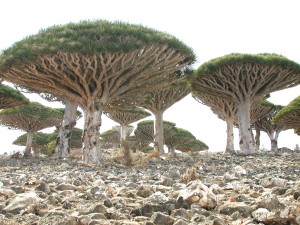Introduction
Lycopodiophyta have an important position in the history of plant life. The group was once a very diverse clade, which is well-documented with fossil records, but now has only a small number of extant members. Their history is longer than any other group of vascular plants. Once fast-growing trees that could grow to 30 metres, whose remains are now in the form of coal, Lycopodiophyta are a sister clade to all other vascular plants including ferns and seed plants. They have been evolving independently of other vascular plants for over 400 million years and in that time have evolved several convergent features like leaves, wood, trees and seed-like structures, making them extremely important in the understanding of plant evolution. Continue reading









